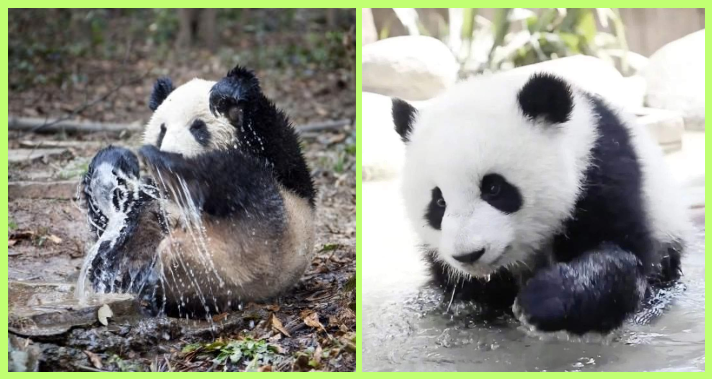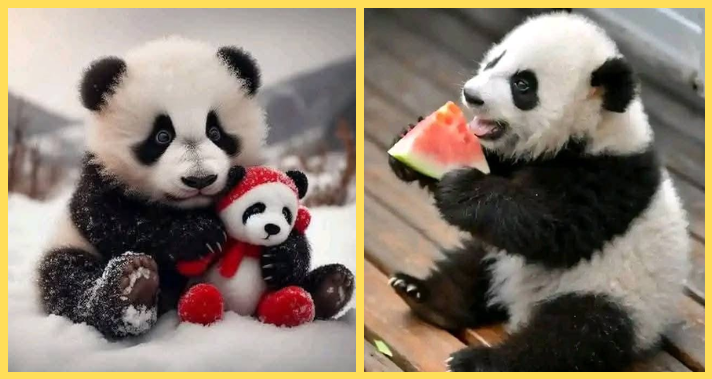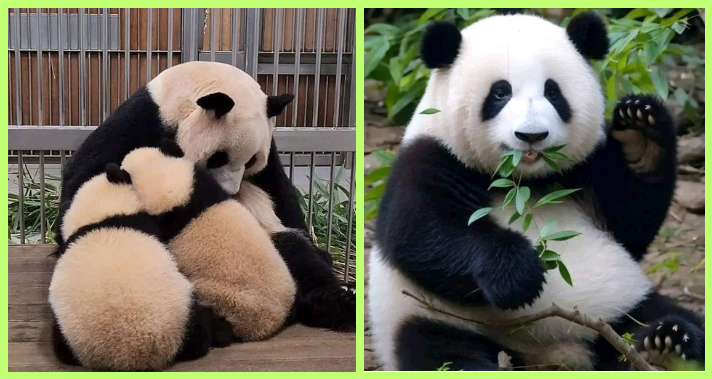The Panda is a harmless animal with big bodies, furry hair, and meditative personality. However, there is one part of their body that is not given the attention it should be their teeth. At first glance, pandas may appear to be peaceful but their teeth are powerful, hard and specialized to suit their diet and lifestyle. Their teeth are not weak or delicate, despite the fact that bamboo forms the bulk of their diet. They are much stronger than they seem to be. The mentioned blog reveals how panda teeth are made and why it is possible to construct them in such an unexpectedly strong way.
Structure of Panda Teeth
Pandas belong to the family of bears. Most bears are based on omnivores, which means they consume both plants, and meat. However, unlike other animals, bamboo is the main source of food for the panda. Bamboo is hard, woody and hard to chew. To live off this food alone, pandas have evolved to develop powerful jaws and powerful teeth that can withstand continual chewing every day. Even though pandas have the diet of a herbivore, their teeth are similar to that of a carnivore. This is because their ancestors used to be meat eaters. They eventually changed their diet and their teeth morphed to accommodate it, but they retained their original strength.
Pandas have a total of 42 teeth. Tooth types perform a function and enable efficient consumption of bamboo. The teeth comprise incisors, canines, premolars and molars. Incisors are the front teeth. They are used to chew and grab bamboo stalks. There are pointed teeth sharp teeth next to the incisors in dogs. While they may appear to be hunting tools, they are used by pandas principally to remove the skin from bamboo or as weapons for self-defense. Back of the mouth are known as Premolars and molars. They are flat and wide on the surface, which is very suitable for crushing and grinding bamboo into smaller particles. These teeth work in tandem to help pandas break down the bamboo to make it easier for them to eat.
#1. I rolled down a hill and called it exercise

#2. I eat green leaves so I am healthy enough
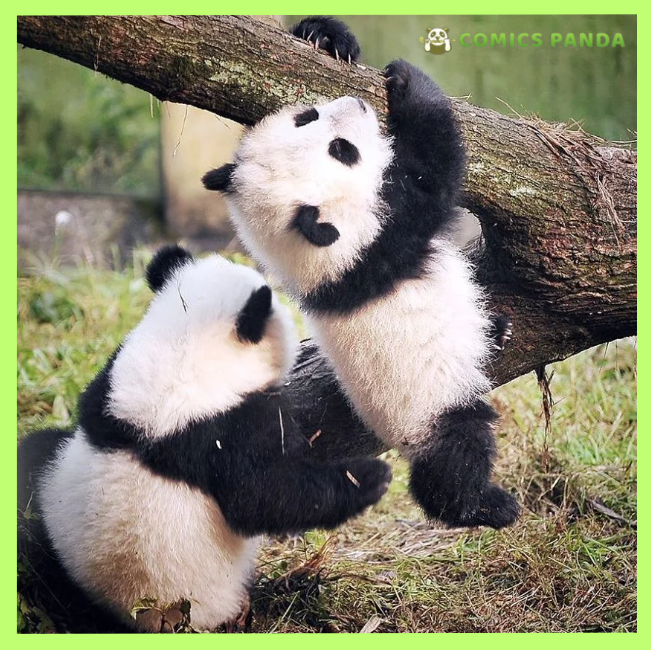
The molars are the most important teeth of the panda as they do most of the chewing. The outer layer of panda’s molars is very broad, having a wavy surface. Their jaws are made in such a way that they can crush down these hard bamboo stems and leaves time and time again. Bamboo is a fibrous plant with a high content of cellulose and requires a lot of energy to be crushed into smaller pieces. The panda molars have thick, and hard, enamel – the outer layer of a tooth. This is to prevent the teeth from wearing down too quickly given that the pandas chew for many hours daily. This tough enamel ensures that the teeth do not crack or weaken even if used all day long.
#3. Keep calm is impossible when bamboo is finished
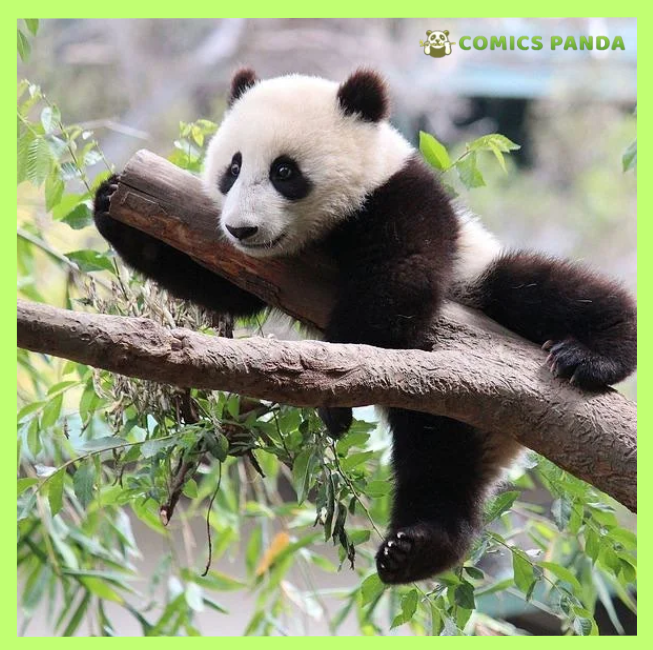
#4. Bamboo in my mouth and no thoughts in my head

Bamboo is not a food that can be chewed with just strong teeth. Pandas also require muscles in their jaws. Their cheekbones and jaws are thick and well developed. These muscles give pandas an exceptionally strong bite force which they can use to crush bamboo stalks. The skull of panda is designed to accommodate these muscles. The upper portion of their cranium is wide and rounded. Fitted shape provides higher space for the muscles to anchor and grow. The jaw joint also sits in such a position that it facilitates the teeth closing with a high pressure. All of this works in conjunction with making panda teeth much stronger than they appear.
#5. Follow your dreams means go back to sleep

#6. Fluffy big and always hungry

Because the pandas spend many hours chewing on bamboo, their teeth are worn down to a great extent. In order to deal with this, their teeth are designed to last a long time. Their teeth are also strong with roots that are firmly attached to the jawbone. Their teeth do not keep growing like rodents but the thick enamel prevents rapid wear. If the tooth is worn down through the years, it is still a functional tooth because it has a deep root and a strong crown. Bamboo is not soft. It is filled with particles of silica and strong fibers. Many animals would destroy their teeth chewing bamboo every day. Pandas though are designed to cope with this task.
#7. Rolling is my favorite form of travel

Even though their bodies are like those of herbivores in many ways, their teeth are more like meat-eaters. Their surprising combination makes their dentition strong and efficient to their food choice. The structure of a panda’s teeth cannot be detached from the structure of its skull. They have big skulls that are thick and strong, and their cheekbones are massive having jaw muscles. The joint between the jaw is stable and would not get dislocated during strong chewing movements. The lower jaw is also thick and heavy to provide more support for their molars. The pressure imparted by the trapping force applies a uniform force which does not damage a single tooth to which it is applied. The entire system (skull, jaw, and teeth) makes their bite powerful and in control.
#8. My power is turning bamboo into chubby joy

However, pandas’ teeth are not only used to eat foods. They also assist in breaking bamboo twigs, peeling bamboo skin and sometimes protect themselves from the dangers. Pandas are gentle animals but their canines are sharp and strong enough to protect themselves if necessary. Although bamboo- bamboo does not make aggressive gestures most of the time–reality remains that these animals are bears. Their teeth also allow them to chew faster which is important because they must consume so much bamboo daily to survive. Pandas would be unable to ingest a sufficient amount of food to get energy without strong teeth.
#9. Panda mood every day and all day
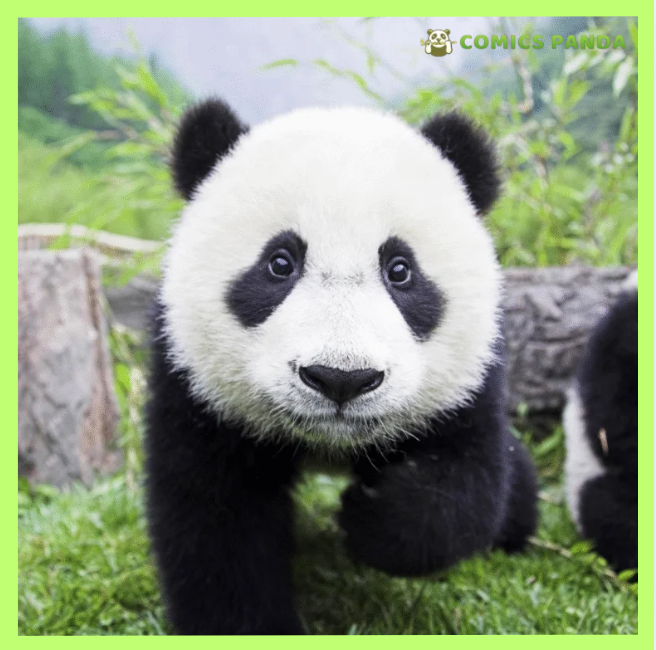
Despite the fact that the teeth of the panda are firm, there are some problems that can take place. If the pandas are not finding fresh bamboo or if the habitat changes, the panda may chew on harder or make bad food choices such as eating the wrong kind of plant. This can cause tooth damage. Pandas that live in protected areas or reserves survive longer, so they can suffer dental problems in old age. This demonstrates the critical importance of the bamboo forests to their survival. A healthy forest would also translate to healthy teeth and the panda is strong.
#10. My fur is fluffy and my motivation is gone

Their teeth are strong due to thick enamel, large molars, sharp canines, strong jaw muscles and a skull that helps to handle heavy chewing. Even though they feed on bamboo which is one of the most difficult plants to chew on, their teeth are perfectly suited to deal with it. And their teeth have the tale of adaptation that the bear should be made eater of bamboo and remain so strong. Pandas are a reminder to the world that sometimes the most docile of creatures have hidden power that is dependent upon the wisdom of nature. Wanted you to share this blog so that other people could enjoy this blog and visit our site where you can find more nature and wildlife blogs.


